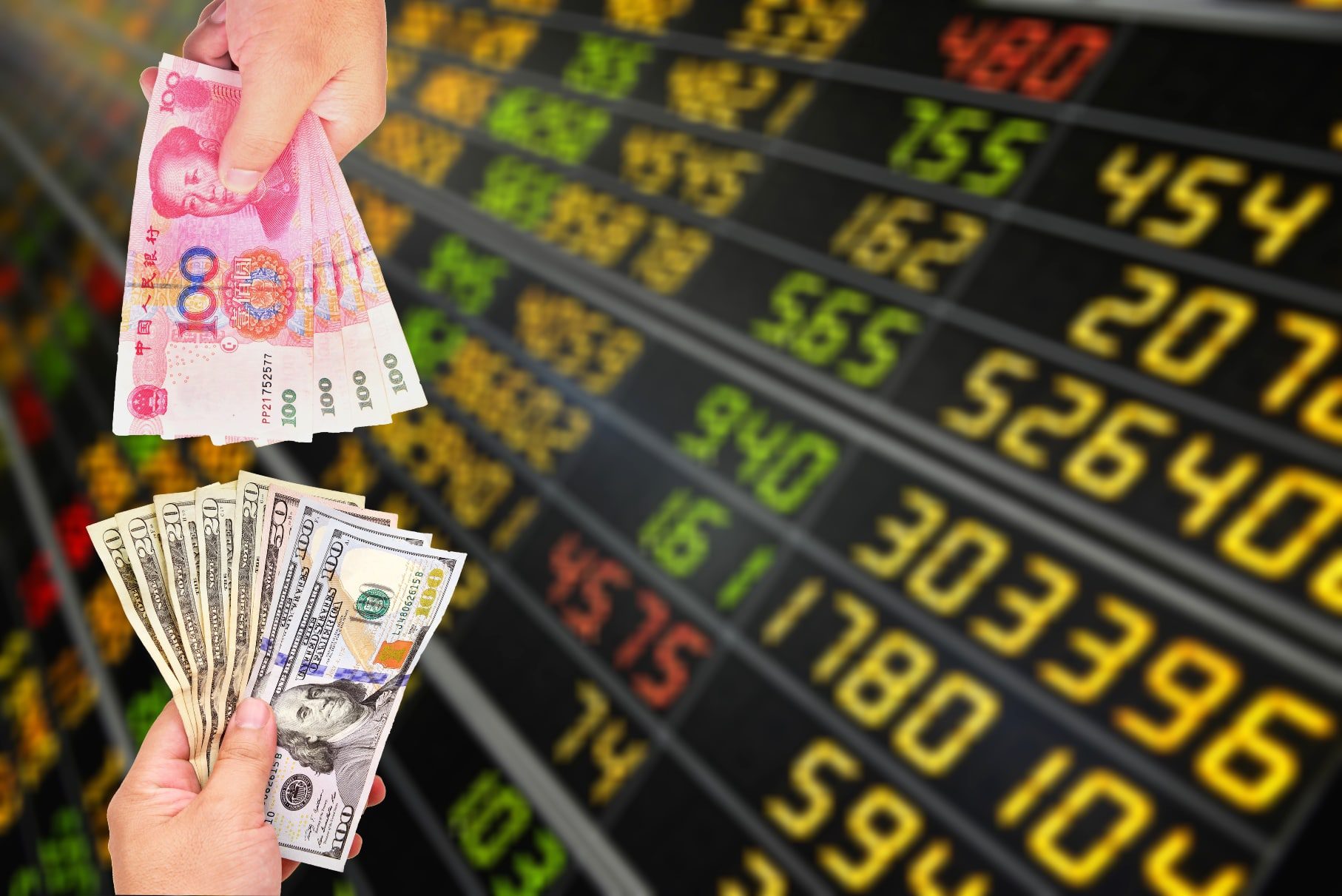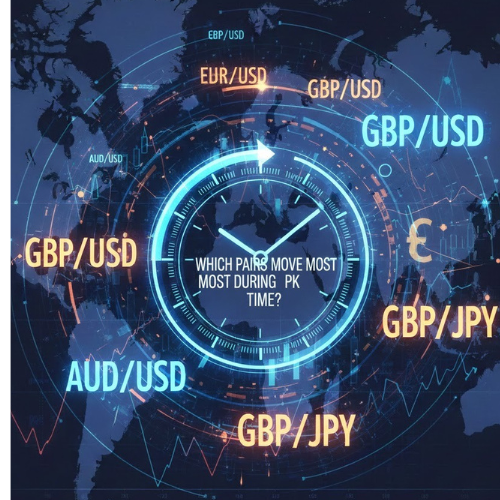Last Updated on April 23, 2025 by Deon
Foreign exchange markets are essential components of international commerce, with interbank forex rates acting as their main part. Staying up-to-date on rate movements is vital when managing costs and pricing strategies in import and export trade dynamics. Here we discuss major currency movements for inter bank forex rates from April 2025 and their effects.
Currency Trends in April 2025: Defining Inter Bank Forex Rates
April has witnessed some notable shifts in the forex market, especially among major currency pairs:
USD/EUR
In early April, this pair remained relatively steady around 1.08. However, a sudden growth of strong economic data from Europe gave an unexpected bump up toward 1.09 by month’s end.
USD/JPY
Intense volatility was evident here. After starting near 151.50, fears over possible intervention by the Bank of Japan strengthened the yen, briefly dropping the rate below 150. Later upbeat economic indicators from the U.S. provided momentum to turn things back around, with this pair closing the month around 152.72.
USD/GBP
The British Pound continued its trading within its narrow range, affected by mixed economic signals from Britain, such as inflation and job data.
Commodity Currencies
AUD/USD and CAD/USD pairs fluctuated in response to changes in global commodity prices, showing their sensitivity towards raw material markets.
Rate Changes Affect Import Costs
Changes in exchange rates directly impact importers. Take, for example, a Pakistani importer dealing in U.S. dollars, as their cost rises due to USD appreciation against PKR, their cost increases.
Example: Starting April, as USD to PKR was at 285. End April = 288, Impact: An importer paying USD 10,000 would face cost increases equivalent to approximately PKR 30000, possibly cutting into their profit margin or prompting price rises on end consumers.
On the other hand, as the USD falls, imports become cheaper in PKR terms.
Exchange Rates and Export Competitiveness Impact on Inter Bank Forex Rates
Exporters feel the effects of currency movements first-hand. When the rupee weakens against major trading partner currencies like the Euro, for instance. Pakistani exports become more affordable to overseas buyers, making them more cost-effective in global markets.
Example: The EUR to PKR exchange rate started out as 313 and by the month’s end was at 315. A European buyer purchasing 1 million Pakistani rupees worth of goods would pay less in Euros overall, increasing Pakistani products’ attractiveness abroad.
However, as the PKR strengthens, exports become more costly for international buyers, which could reduce demand.
Implications of Trade Balance Inequity
Long-term fluctuations in inter bank forex rates do not solely impact individual businesses. They can have far-reaching effects on a country’s trade balance as a whole. A weaker domestic currency could increase import values while making exports cheaper, widening any trade deficit further. On the other hand, strong currencies might help close this gap more effectively.
Inter Bank Forex Rates Have Significant Results on Countries’ Trade Positions
In April 2025, forex rate trends witnessed across multiple currencies had significant results on countries’ trade positions and may have affected countries’ ability to engage in global commerce. Monitoring such rates with appropriate hedging tools can be essential in reducing exposure and maintaining a competitive edge within world markets.





